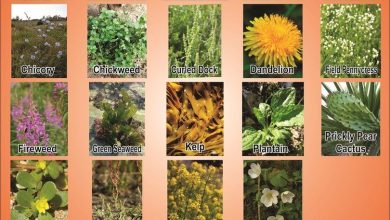Acanthus Mollis: [Characteristics, Cultivation, Care and Disadvantages]
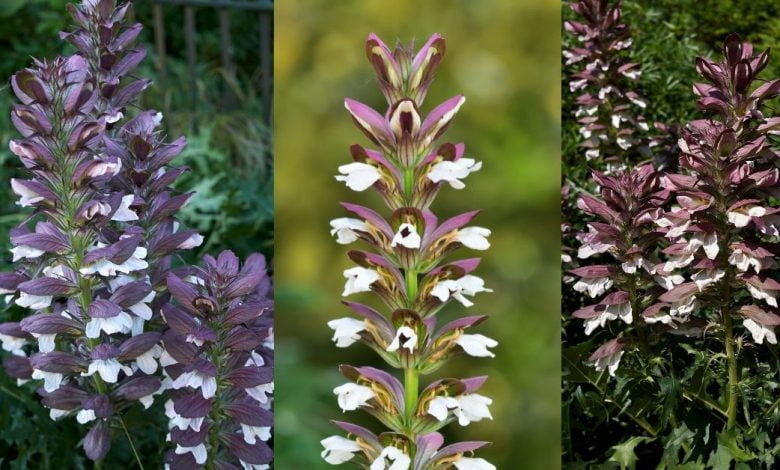
Important points when planting an Acanthus mollis:
- When? The acanthus mollis plant is propagated by seed in the spring or by division of the clump in the fall or spring.
- Where? The most recommended place to plant acanthus mollis is at the base of the trees that serve as protection from the intense sun.
- How do we water? Watering for the acanthus mollis plant must be abundant, especially during the hottest days of spring- summer, avoiding waterlogging.
- How often do we water? Acanthus mollis should be watered abundantly two to three times a week during the hottest days of summer.
- What care does it require? Acanthus mollis is a plant that is easy to care for, maintain and reproduce and grows naturally in cool, humid geographical areas.
- What pests and diseases affect you? Acanthus mollis is a plant resistant to pests and diseases, but it is susceptible to attack by insects and fungi that cause powdery mildew.
What characteristics does the acanthus mollis plant have?
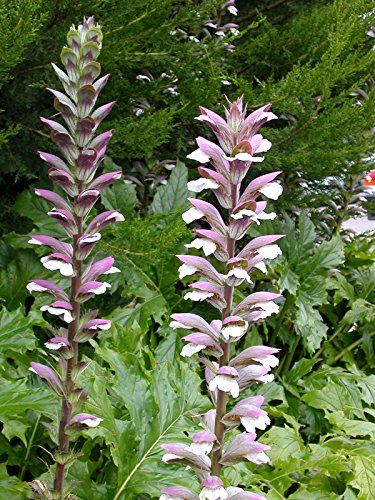 Acanthus mollis is the scientific name of the plant better known as acanthus, giant ear or Carderona grass.
Acanthus mollis is the scientific name of the plant better known as acanthus, giant ear or Carderona grass.
It belongs to the Acanthaceae family and is a bushy, perennial species.
It has its origin in cool regions of the Mediterranean basin, especially in Spain and Portugal.
It can reach a large height and is characterized by beautiful and huge basal leaves.
The leaves are a striking glossy dark green, deeply lobed and irregular, with spines and supported by long petioles.
Its flowers form a vast inflorescence at the end of a thick rod that stands out above the foliage and remain on the plant for a long time. The long flower spikes form groups of small flowers protected by a kind of purple cap and several soft spines on their edges.
It blooms well into the summer and its flowers are white with reddish bracts. Acanthus mollis has been used since ancient times as a medicinal plant, for its anti-inflammatory, analgesic, healing, appetite-stimulating and laxative properties.
As a curiosity, it is said that the stylized shape of the acanthus mollis could have inspired Greek sculptors to decorate their Corinthian capitals.
When to sow acanthus mollis?
The acanthus mollis plant is propagated by seed in the spring or by division of the clump in the fall or spring.
Where to plant acanthus mollis?
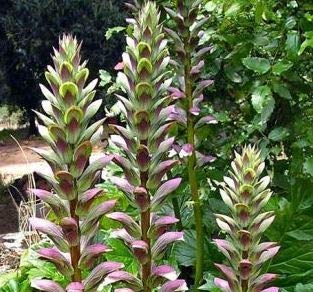 The most recommended place to plant acanthus mollis is at the base of the trees that serve as protection from the intense sun.
The most recommended place to plant acanthus mollis is at the base of the trees that serve as protection from the intense sun.
In case of growing acanthus mollis in another location, a place with morning sun and shade from midday is recommended, because the sun’s rays can burn its leaves.
Expert gardeners have successfully cultivated the plant as a border to adorn gardens and terraces.
Acanthus mollis is a suitable crop for containers, shady gardens and covering large areas, thanks to the strength of its root system.
How do we water acanthus mollis?
Watering for the acanthus mollis plant must be abundant, especially during the hottest days of spring-summer, avoiding waterlogging. It is recommended to spray the leaves with water at room temperature to guarantee a higher humidity of the crop.
How often do we water the acanthus mollis?
Acanthus mollis should be watered abundantly two to three times a week during the hottest days of summer. During the winter, watering should be reduced to a minimum, especially if it is planted in gardens or outdoor orchards.
How to plant an acanthus mollis step by step?
- Select the seed for sowing acanthus mollis that is in optimal sanitary conditions.
- In case of choosing cuttings, they must be removed from the tips of the branches with a length of 10 to 15 cm, eliminating the leaves located below.
- Choose a place, a pot or container that is large and wide so that the roots of the acanthus mollis develop well.
- Fill with a mixture of peat and coarse sand.
- Make holes in the substrate, one for each cutting or seed.
- When it comes to planting by cuttings, the crop should be covered with a plastic bag without touching the plants at a temperature between 25 and 30º C.
- Water abundantly, with water at room temperature, but without touching the plants and avoiding waterlogging.
- Locate the crop in a place below other plants and/or in gardens with subdued light.
- Transplant to a pot or definitive place when the cuttings are robust. Then treat the crop as adult plants.
What care does acanthus mollis need?
Acanthus mollis is a plant that is easy to care for, maintain and reproduce and grows naturally in cool, humid geographical areas.
- It can grow and develop in any type of soil or substrate, as long as it is deep, moist and well drained.
- It does not support flooding caused by excess irrigation water, nor does it tolerate long periods of drought.
- It requires a location with good light, preferably filtered sunlight, for better development.
- It is recommended to use fertilizer containing nitrogen, phosphorus and potassium, but also microelements such as zinc, copper and manganese.
- The fertilizer must be liquid to supply with the irrigation water in a ratio of 50 to 50.
- It does not require deep pruning, only dry or damaged leaves should be removed in early spring, to prevent the spread of diseases.
What pests and diseases affect acanthus mollis?
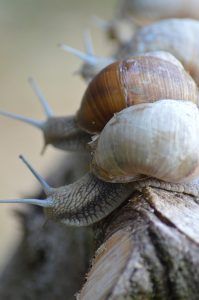 Acanthus mollis is a plant resistant to pests and diseases, but it is susceptible to attack by insects and fungi that cause powdery mildew.
Acanthus mollis is a plant resistant to pests and diseases, but it is susceptible to attack by insects and fungi that cause powdery mildew.
Farmers recommend being attentive to the appearance of snails and slugs that could affect the cultivation of acanthus mollis.
These parasitic-type insects feed on the leaves of herbaceous plants such as acanthus mollis, deteriorating their appearance and can cause very serious damage if they are not detected in time.
Experts point out that you should not wait for parasites to appear before treating acanthus mollis with an insecticide, as a prevention system. When the acanthus mollis plant presents a whitish coloration in its leaves, it is a symptom of the so-called white disease or powdery mildew.
The powdery mildew fungus affects the entire plant, but prefers the most tender parts. In the presence of powdery mildew, the affected parts of the acanthus mollis should be cleaned and combated with specific anticryptogamics for this fungus.
Bibliographic references
- Acanthaceae, C Ezcurra, L Novara – Botanical Contributions of Salta-Serie…, 1999 – eprints.natura.unsa.edu.ar
- Establishment of a protocol for the in vitro development of seedlings of Hypericum perforatum, Acanthus mollis and Glaucium flavum. Activity analysis …, M García Eixea – 2018 – repositori.uji.es
- Synopsis of the Acanthaceae Family in Peru, R Villanueva-Espinoza, F Condo – Revista Forestal del Perú, 2019 – researchgate.net
- Contribution to the pollen study of ornamental species: Acanthaceae and Verbenaceae, M del Mar Trigo – Malacitana Botanical Act, 1993 – dialnet.unirioja.es
- The FGV Herbarium: Acanthaceae-Aceraceae, FG Vigide – BIGA Bulletin, 2018 – dialnet.unirioja.es

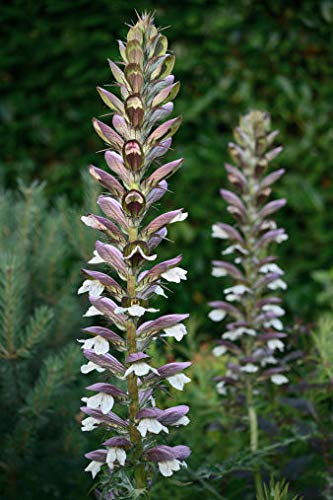


![Photo of How to Plant Jujube: [Complete Guide]](https://www.complete-gardening.com/wp-content/uploads/2022/08/how-to-plant-jujube-complete-guide-390x220.jpg)

